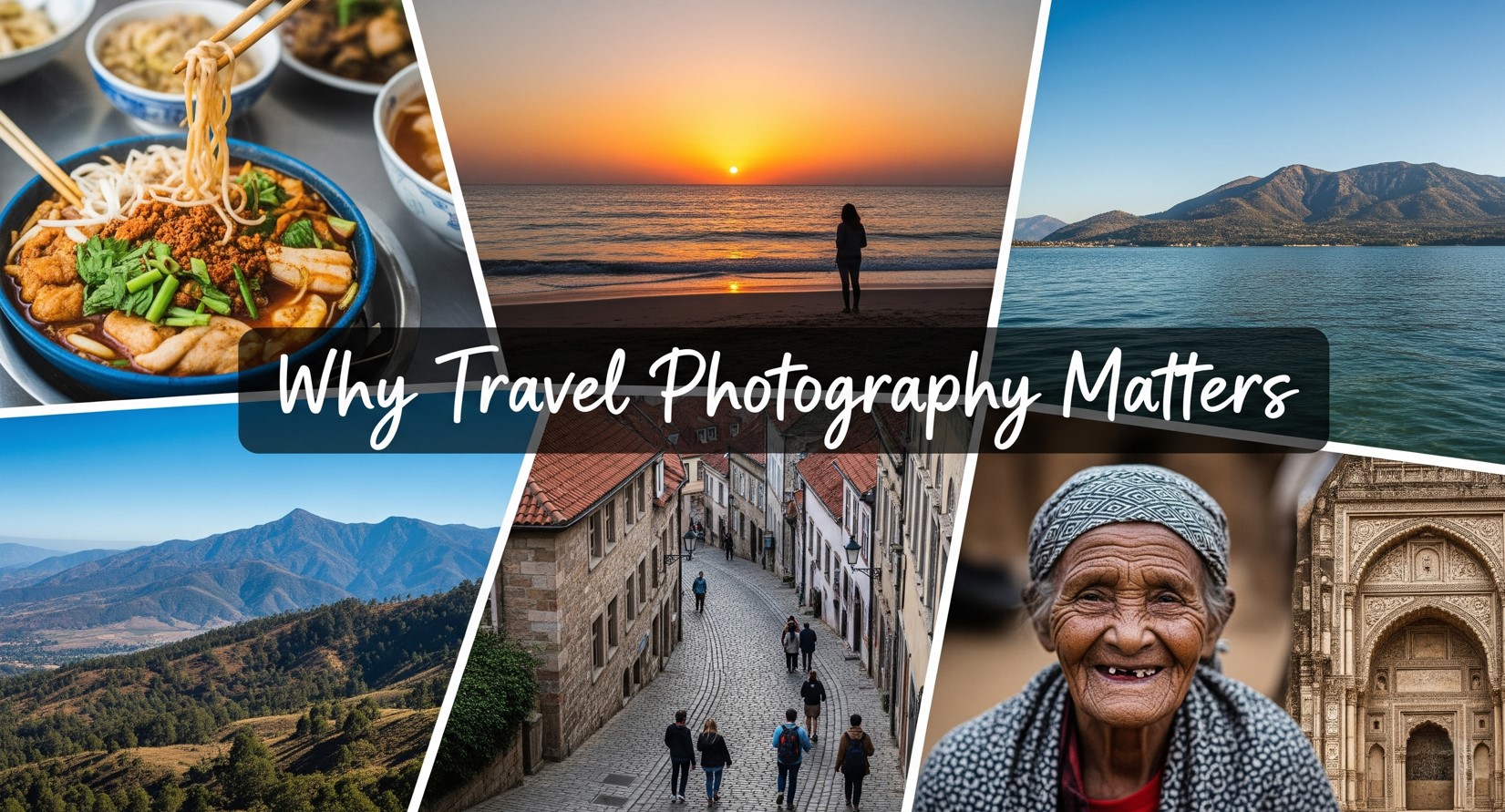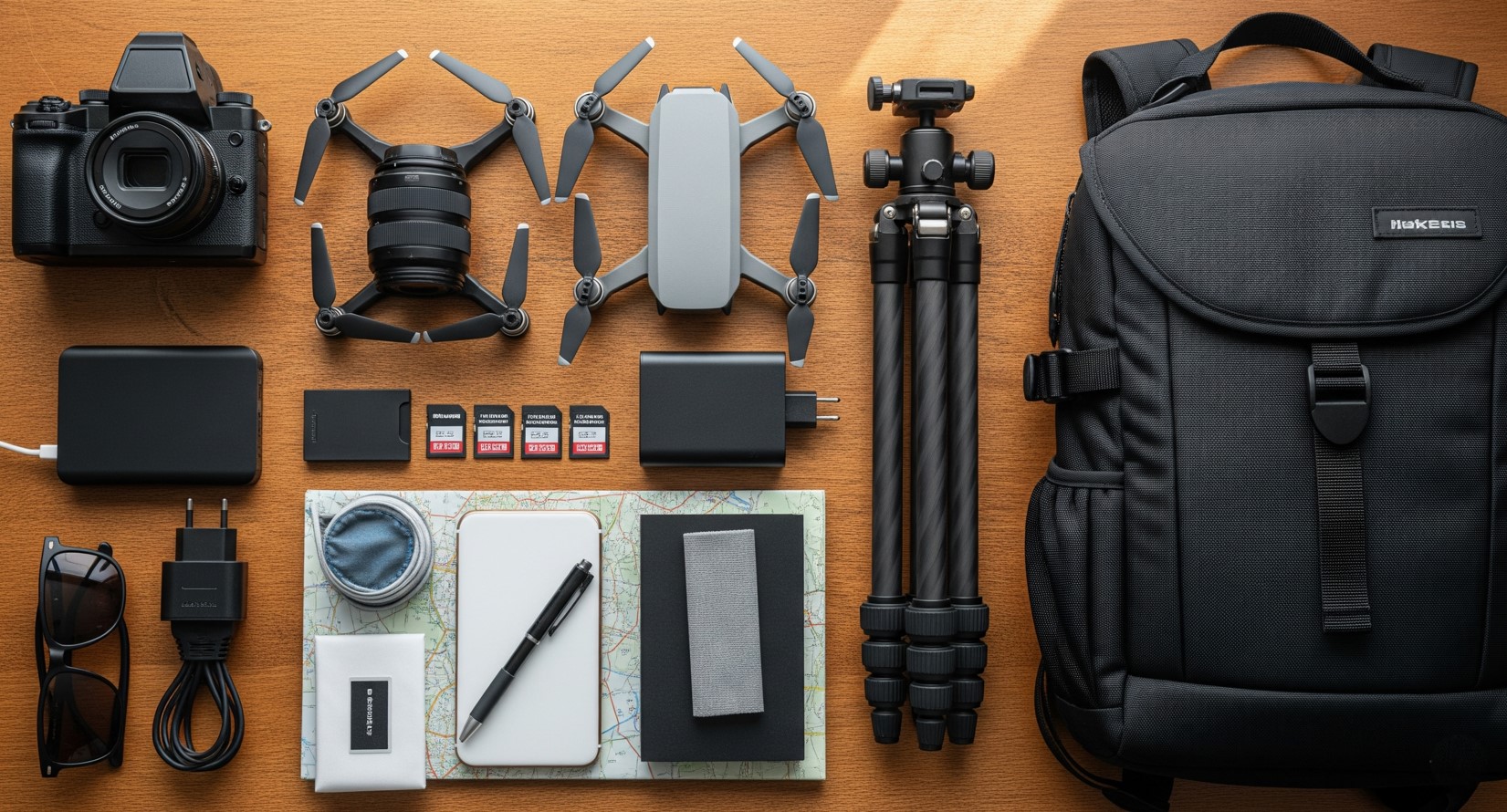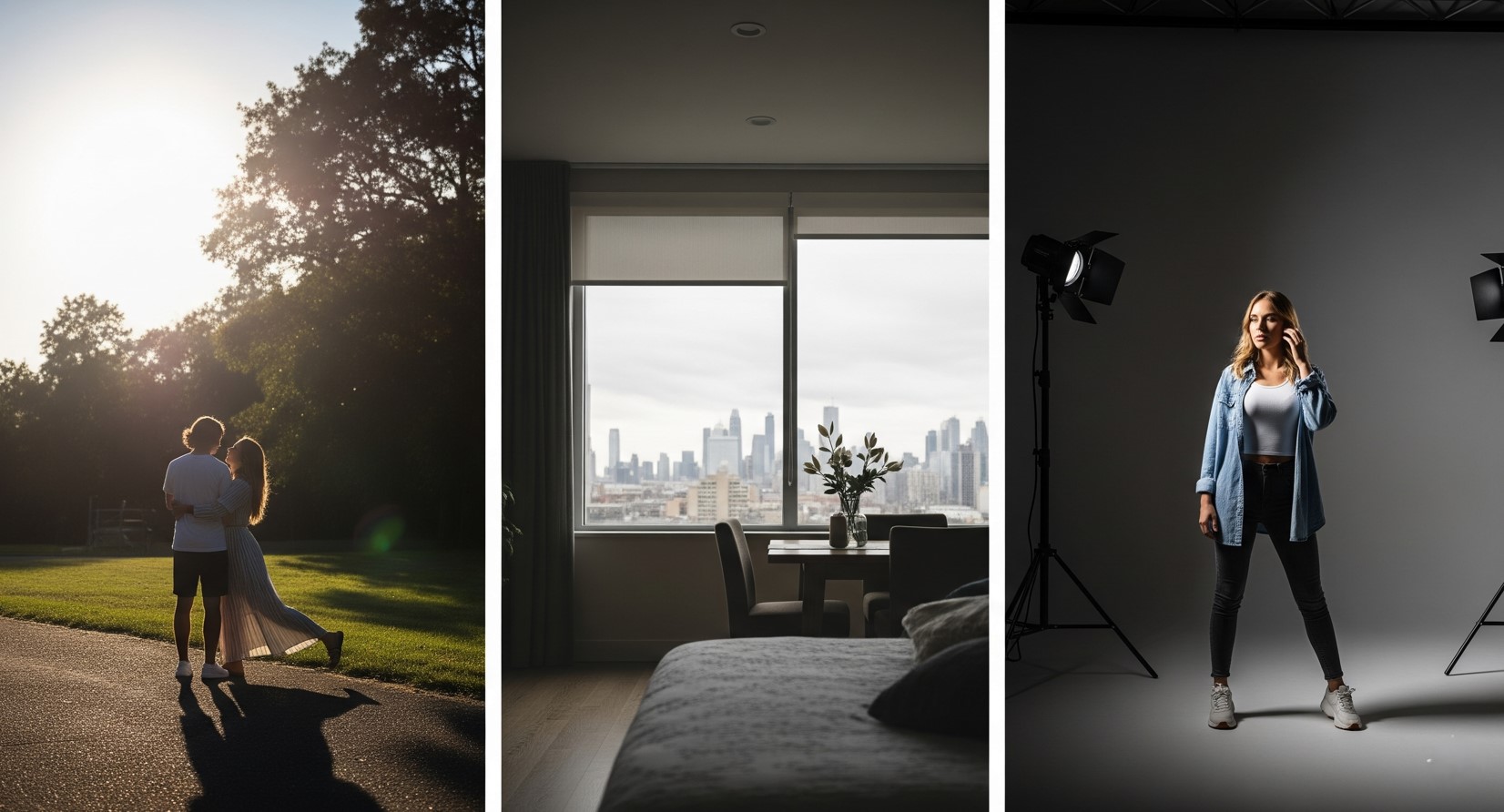Travel allows us to explore new cultures, landscapes, and experiences. Yet, without powerful imagery, those memories can fade with time. Whether you’re a beginner packing a compact camera or an enthusiast wielding a mirrorless rig, this guide will equip you with the knowledge and confidence to immortalize your adventures. From planning your shots to post-processing your final images, you’ll learn techniques that transform ordinary snapshots into unforgettable visual stories.
Why Travel Photography Matters
Photography is more than a hobby—it’s a medium through which we connect with destinations and people on a deeper level. A compelling photograph can transport viewers to that exact moment: the glow of a lantern-lit alleyway in Marrakech, the mist drifting over a highland lake, or the jubilant expression of a child playing by the sea. By mastering travel photography, you preserve emotions and narratives that mere words cannot convey.

Planning Your Shots
Successful travel photography often begins long before you board a plane. A well-researched itinerary guides you toward compelling scenes at optimal times of day. Follow these steps to plan effectively:
- Scout Locations Online: Use platforms like Instagram, Flickr, and photography forums to discover photogenic vantage points. Look for hashtags and geotags to pinpoint hidden gems beyond guidebook staples.
- Check Golden Hour Timings: Sunrise and sunset produce soft, warm light that elevates landscapes and cityscapes. Apps like PhotoPills or The Photographer’s Ephemeris help you determine the exact time and direction of light.
- Monitor Weather Conditions: Dramatic skies, mist, or clear vistas can make or break a scene. Check local forecasts and be prepared to adapt your schedule for ideal conditions.
- Plan for Cultural Events: Festivals, markets, and ceremonies introduce dynamic subjects. Align your travel dates with local celebrations for vibrant, authentic images.
Essential Gear for Travel Photography
Choosing the right equipment balances performance with portability. Avoid overpacking, but ensure you have the tools to capture diverse scenarios—from sweeping panoramas to intimate portraits.
- Camera Body: A lightweight mirrorless camera or a compact DSLR offers versatility without heavy bulk. Look for models with good low-light performance and a tilting screen for awkward angles.
- Lenses: A standard zoom (24–70mm) covers most scenes. Add a wide-angle lens (16–35mm) for landscapes and architecture, and a mid-telephoto (70–200mm) for wildlife or distant details.
- Tripod: A compact travel tripod stabilizes long exposures, HDR brackets, and video. Carbon fiber models strike a balance between sturdiness and lightness.
- Filters: Neutral density (ND) filters enable smooth water and motion blur, while circular polarizers reduce glare and deepen skies.
- Backup Storage: Carry extra memory cards and an external SSD or portable hard drive. Back up daily to avoid losing precious frames.
- Power Solutions: Extra batteries, USB power banks, and a universal adapter keep you shooting longer, especially in remote areas.
- Protective Gear: A weather-resistant camera bag, lens cloths, and rain covers safeguard gear from dust, moisture, and impact.

Composition Techniques to Elevate Your Images
Composition is the backbone of compelling photography. By arranging visual elements thoughtfully, you guide the viewer’s eye and create balanced, engaging frames.
- Rule of Thirds: Divide your frame into a 3×3 grid and place subjects along the lines or at intersections. This off-center approach feels more dynamic than centering everything.
- Leading Lines: Roads, rivers, or architectural features direct attention toward your subject. Look for natural lines that draw viewers deeper into the scene.
- Foreground Interest: Introduce elements in the foreground—rocks on a beach, flowers along a hillside—to add depth and scale.
- Symmetry and Patterns: Reflections, repetitive shapes, and architectural alignments can create striking, minimalist compositions.
- Framing: Use natural frames like archways, tree branches, or windows to isolate your subject and add context.
Mastering Light: Natural, Ambient, and Artificial
Light is the painter’s brush in photography. Learning to read and manipulate it transforms flat scenes into three-dimensional masterpieces.

- Golden Hour: The hour after sunrise and before sunset casts warm, directional light. Shadows are soft and colors are rich, perfect for landscapes and portraits.
- Blue Hour: The fleeting period before sunrise and after sunset yields cool, diffused light. Cityscapes with artificial lights and calm waters create ethereal moods.
- Harsh Midday Sun: While challenging due to strong shadows, mid-day light can work for black-and-white photography or dramatic high-contrast scenes. Seek shade or use fill flash to soften contrasts.
- Night and Low Light: A tripod and wide aperture lens help capture stars, festivals, or city lights. Experiment with long exposures to record light trails and movement.
- Artificial Light: Neon signs, street lamps, and lanterns offer creative opportunities. Balance color temperatures by adjusting your white balance or using gels.
Storytelling Through Images
Beyond stunning visuals, the most memorable travel photos tell a story. Aim to capture moments that convey a sense of place, emotion, and narrative.
- Environmental Portraits: Photograph locals in their daily routines—an artisan at work, a fisherman hauling nets, or a market vendor arranging produce. These shots humanize destinations.
- Cultural Details: Focus on distinct textiles, street art, cuisine, or architecture. Close-up shots of patterns and textures enrich the larger story.
- Emotive Moments: Seek laughter, contemplation, and candid interactions. Patience and respect are key when photographing people.
- Sequence and Series: Tell a mini-story by capturing a sequence—preparation, action, and aftermath. A local dish being cooked, plated, and enjoyed makes for a complete narrative.
Editing Your Travel Photos
Post-processing refines your vision, corrects imperfections, and unifies the look of your portfolio. Use tools like Adobe Lightroom, Capture One, or Luminar to enhance your images.
- Basic Adjustments: Start with exposure, contrast, highlights, and shadows. Ensure your histogram isn’t clipping important details.
- Color Grading: Adjust white balance for accurate tones. Experiment with split toning or curves to create a signature mood.
- Lens Corrections: Remove distortion, vignetting, and chromatic aberration to ensure clean, sharp images.
- Selective Edits: Use radial or graduated filters to darken skies, highlight subjects, or add subtle glow effects.
- Sharpening and Noise Reduction: Apply sharpening judiciously to bring out details while controlling noise, especially in low-light shots.
- Consistent Style: Develop presets or profiles to maintain a cohesive aesthetic across your travel portfolio.
Sharing and Preserving Your Visual Stories
Once your images are perfected, consider how to showcase and safeguard them:
- Online Platforms: Share on Instagram, 500px, or your personal photography blog. Craft engaging captions and geotags to connect with a global audience.
- Print & Exhibit: High-quality prints, photo books, or framed galleries turn your travel stories into tangible art.
- Backup Strategies: Use the 3-2-1 rule—three copies of your files, on two different media, with one stored offsite or in the cloud.
Ethical Considerations & Responsible Photography
Respect for people, culture, and environment is paramount. Follow these principles for ethical travel photography:
- Ask Permission: Always seek consent before photographing individuals, especially children or vulnerable communities.
- Honor Cultural Norms: Research local customs regarding photography at religious sites, private ceremonies, or in modest communities.
- Leave No Trace: Avoid trampling vegetation or disturbing wildlife for the perfect shot. Practice a minimal-impact approach.
- Credit & Copyright: When sharing collaborative or stock imagery, always attribute creators and respect copyright laws.
Conclusion
Travel photography is a journey within a journey—an opportunity to see the world through a creative lens and share your unique perspective. By planning thoughtfully, mastering your gear and composition, embracing light, and editing with intention, you’ll produce images that resonate long after your trip ends. So pack your camera, open your eyes to the extraordinary, and let every click tell the story of your wanderlust.
Ready to capture your next adventure? Grab your camera and start exploring—your masterpiece is waiting just beyond the horizon.








